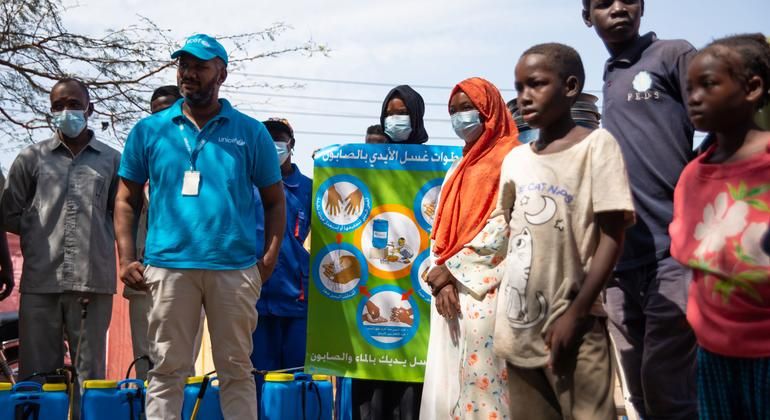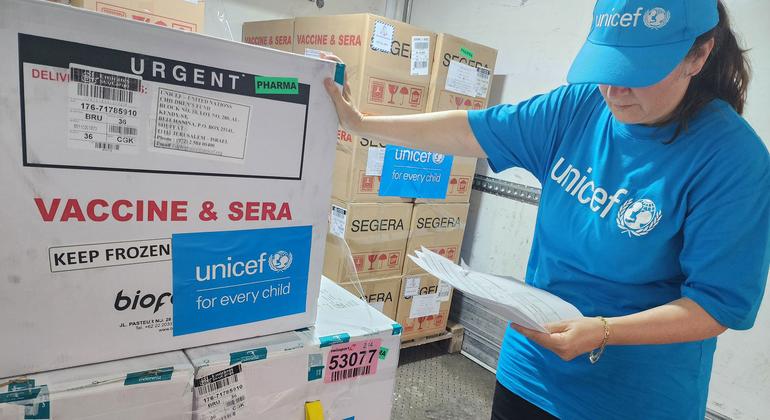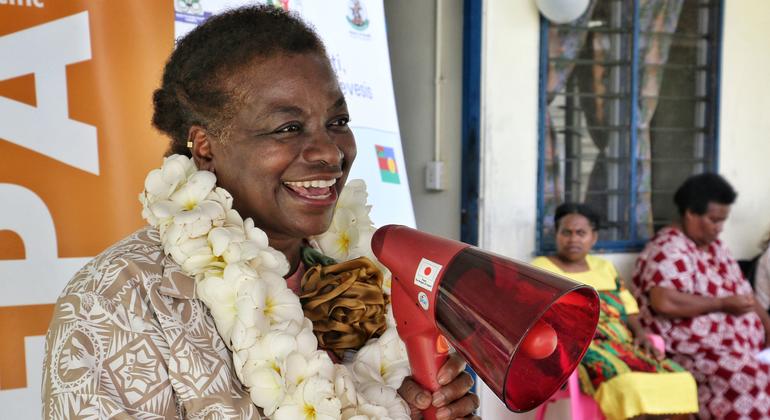More than 4,000 people died from the disease last year, an increase of 71 percent compared to 2022. The number of reported cases also increased by 13 percent.
Cholera is an acute intestinal infection transmitted through contaminated food and water. While it is preventable and easy to treat, communities with limited access to sanitation are the most affected.
Conflict, climate change, lack of safe water and sanitation, poverty, underdevelopment and population displacement due to emerging and re-emerging conflicts and disasters caused by natural hazards contributed to the increase in cholera outbreaks last year.
Change in geographical distribution
The geographic distribution of cholera changed significantly between 2022 and 2023, with a 32 percent decrease in reported cases in the Middle East and Asia, and a 125 percent increase in Africa.
This is the first year that several countries have reported “community deaths,” which occur outside health facilities.
In five of the 13 reporting countries, more than one-third of cholera deaths occurred in the community, highlighting serious gaps in access to treatment and the need to strengthen this area of response.
While Afghanistan reported the highest number of cases at 222,249, the Democratic Republic of the Congo, Malawi, Mozambique and Haiti also continued to report major outbreaks of more than 30,000 cases per country.
The global cholera crisis continues into 2024 with 22 countries currently reporting active outbreaks, although the number of cases reported so far in 2024 is lower compared to the same period last year according to preliminary data.
Single dose strategy in force
Despite low stocks of oral cholera vaccines, a record 35 million doses were shipped last year, with the single-dose strategy in place to reach and protect more people given limited supplies.
While vaccination is an important tool, safe water, sanitation and hygiene remain the only long-term and sustainable solutions to end cholera outbreaks and prevent future ones.
WHO is responding urgently to reduce deaths and contain outbreaks in countries around the world. The UN agency continues to support countries by strengthening public health surveillance, case management and prevention measures, along with providing essential medical supplies.












